Scribner’s Lodge, a Catskills Retreat, Gets Further Elevated
11 round cabins add to the uniqueness of the upstate experience

Interior design house (and longtime COOL HUNTING favorite) Post Company has crafted the interiors of restaurants and hotels from Barcelona to San Diego to Kuala Lumpur, and even designs furniture. But to get a clear sense of their raison d’être, you could do worse than to book a stay at the Rounds. This is a new enclave of eleven circular cabins perched above the 38-room Scribner’s Catskill Lodge (which we attended the 2016 opening of), in the shadow of Hunter Mountain, about 2.5 hours north of NYC.
Half a century ago, Scribner’s was a drive-through motor lodge. It was entirely revamped by Post Company, with some kitsch preserved. Some, but really just enough of that veneer to feel fun and funky—but with a very “now” sense of polish. That was of absolute necessity since Hunter is no longer sleepy; it’s a Vail-owned resort in the heart of a region that’s positively exploding with tourism.
For that reason it was wise for the property to keep pace with a new offering. And Leigh Salem, a founding partner at Post Company, was thrilled to get the remit to design the 11 cabins for Scribner’s. The Rounds opened a few months ago and we got an early experience staying there, before interviewing Salem about the project.

You have a long history with Scribner’s. Let’s first talk about the vibe of what was there before to understand how you integrated the Rounds with the hotel.
Scribner’s Lodge was a pretty interesting building. It was an inverted lodge that you drove through the center of, and it had a really sort of whimsical and unique point of view. Every year the original owner of the lodge built each room in a different theme. There was a “future” room, an “Edelweiss” room…it was out of control. A lot of detailing still stayed in there, sort of fossilized, but with interjection with the brand into a cohesive idea. We preserved the spirit of it, because the property had this adventurous, irreverent spirit to it that when we started looking at what it means we wanted to have that same sort of soul to the property.

The Rounds, unlike Scribner’s, are tucked up into the woods behind the hotel and they’re oriented so the windows and doors don’t face another Round. It feels very private. Can you describe how you managed that?
We started with a plan level. We’re moving boxes around and looking at viewsheds, but we always thought that the real benefit of what we’re trying to highlight is the views of the mountains but also the tranquil woods. And looking into the woods can be quieter and feel more restful. But what was interesting is when we started drawing the viewsheds, we realized that if the cabins were rectangular you just have two sides. But when you play with a new typology it allows for intimacy; you spin each slightly so you feel very private. But come outside and if your friends stay next door, they’re right there. So the shape enabled this dynamic of a perceived privacy rather than a sense of isolation.

The round interiors also enabled you to play more. There are all these nooks and built-in sitting areas; there’s a “conversation” where that intimacy crosses over within the communal space, too.
I’m not going to pretend that we knew exactly how it would all cohere, and we really were looking at a lot of different influences. The walls are painted white, and it’s curved and soft and then everything else is pine. And that’s really the two building materials and everything else in terms of bringing color or layering or objects is all through installation. We are borrowing from some Nordic traditions of building for very cold environments, but also we were looking at structures that felt very airy and light. But then there’s a central circular seating area underneath a central skylight, and that composition is more like a ceremonial space. It’s a super-old concept going back to the beginning of architecture, and the light from above brings in a closer sense of the time sequence of nature—a sort of reading of the sky, and in summer when you’re getting that amount of greenery coming through it’s an incredible, vibrant experience.

You’ve designed furniture at Post Company—but there’s practically none here that’s not built in. Even the bed is a giant platform built directly into the wall.
The bed became this idea. We wanted that to feel more part of the architecture, similar to the gathering space where it had a solidity to it, where it didn’t move. That seemed more gracious—and it allowed us to take over more of the real estate within this space and there’s more opportunity for utility so each of those rooms all hold a trundle bed right underneath it, which for a family allowed us to make these available for more parties to stay in and have that sort of flexibility.

Does the built-in structure and the spareness make the Rounds endure—or will there be an itch to start over at the normal pace of the hospitality business?
For us as a studio and designers, there’s that impulse. But it’s a very sad idea from a sustainability perspective and also a design idea that you can only design for seven years out. We have higher ambition. We’d like to believe that we can design something that is going to endure, and the material is going to be a special quality that can patina and age gracefully. But also that we’re building something that offers an experience and quality beyond an aesthetic rendering. We certainly have conversations about coming up on 10 years of working on Scribner’s and we’ve been making updates—but it’s small tweaks, right? For the Rounds, we were really thinking about creating them with ‘good bones.’ And with the basis of how they’re positioned, how they’re interacting with each other, and how their meditative quality continues to feel elevated and more luxurious over time.



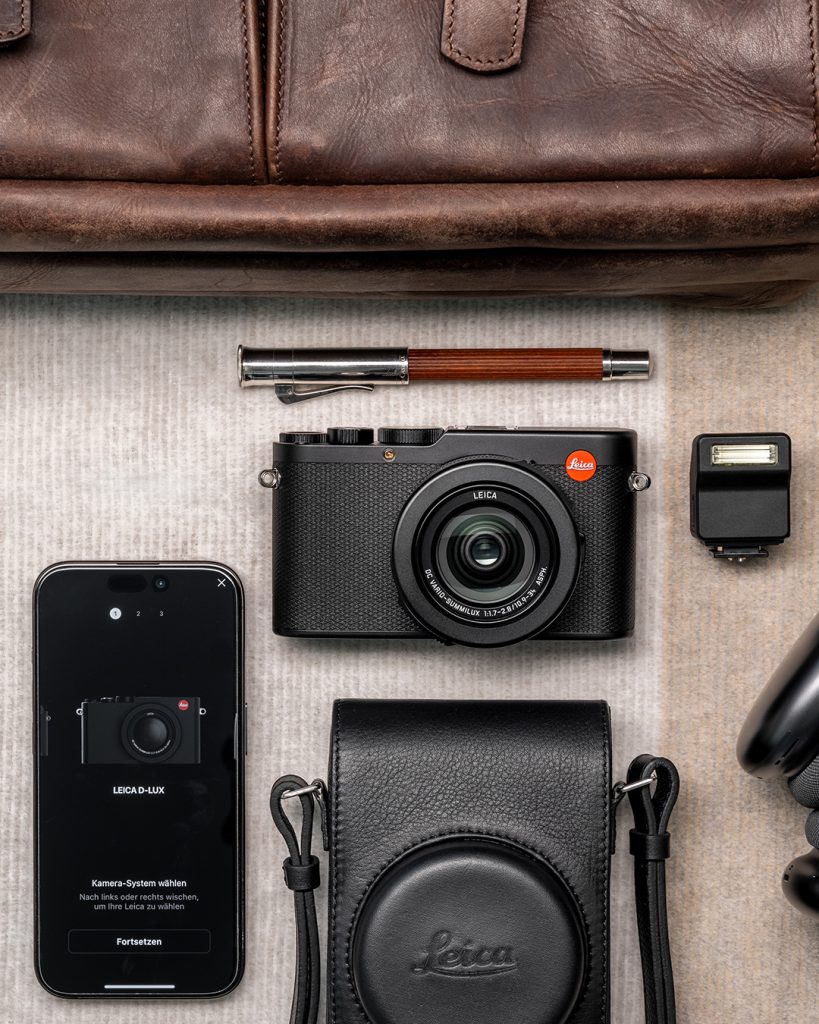
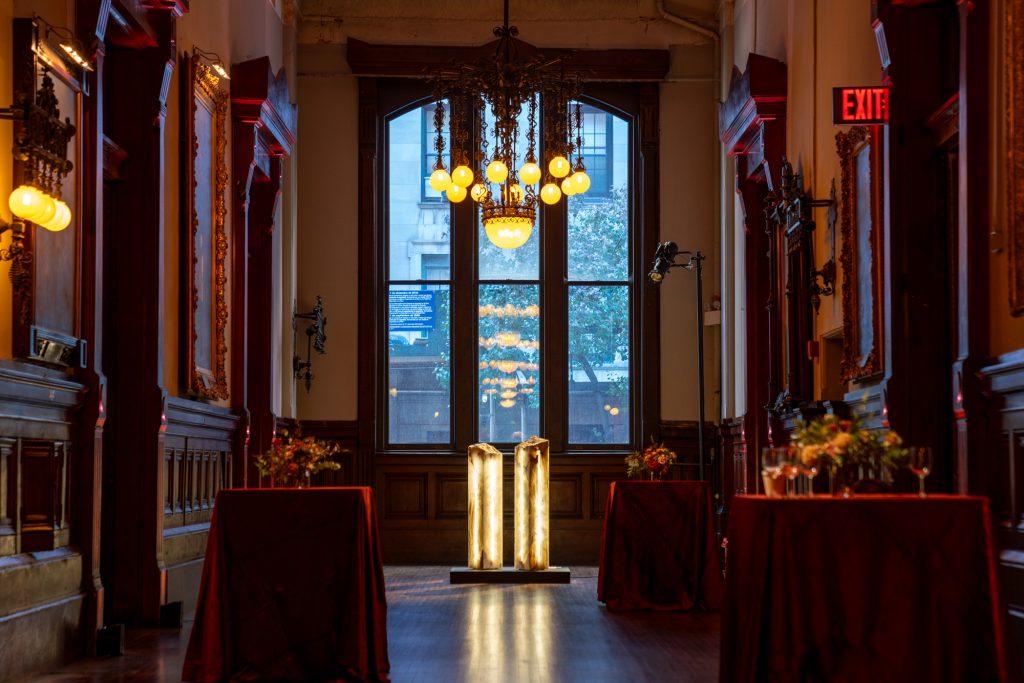

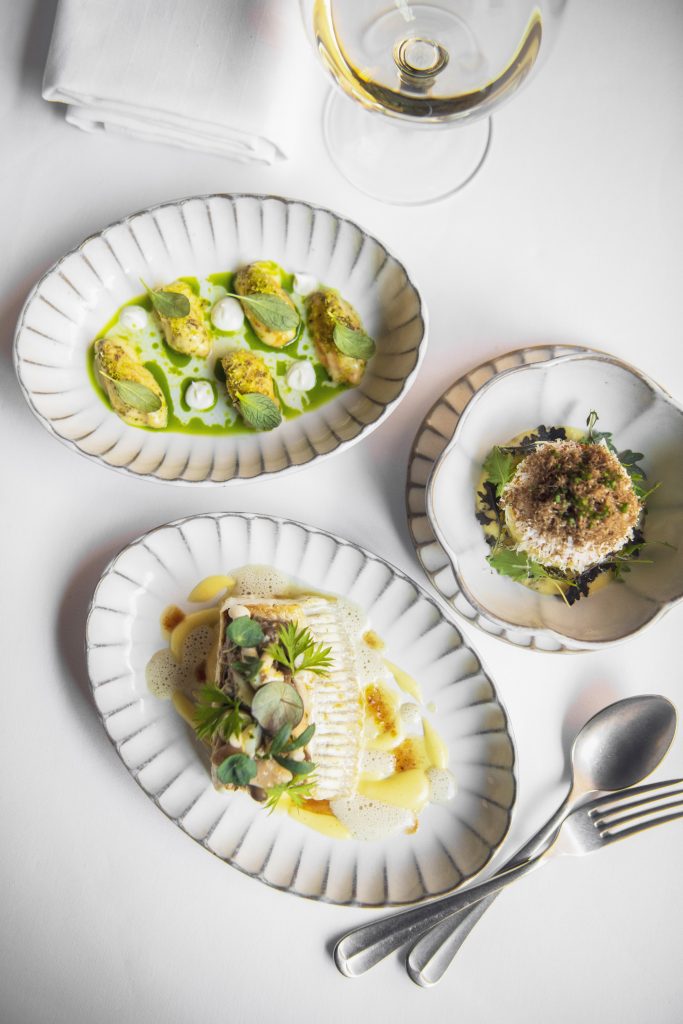
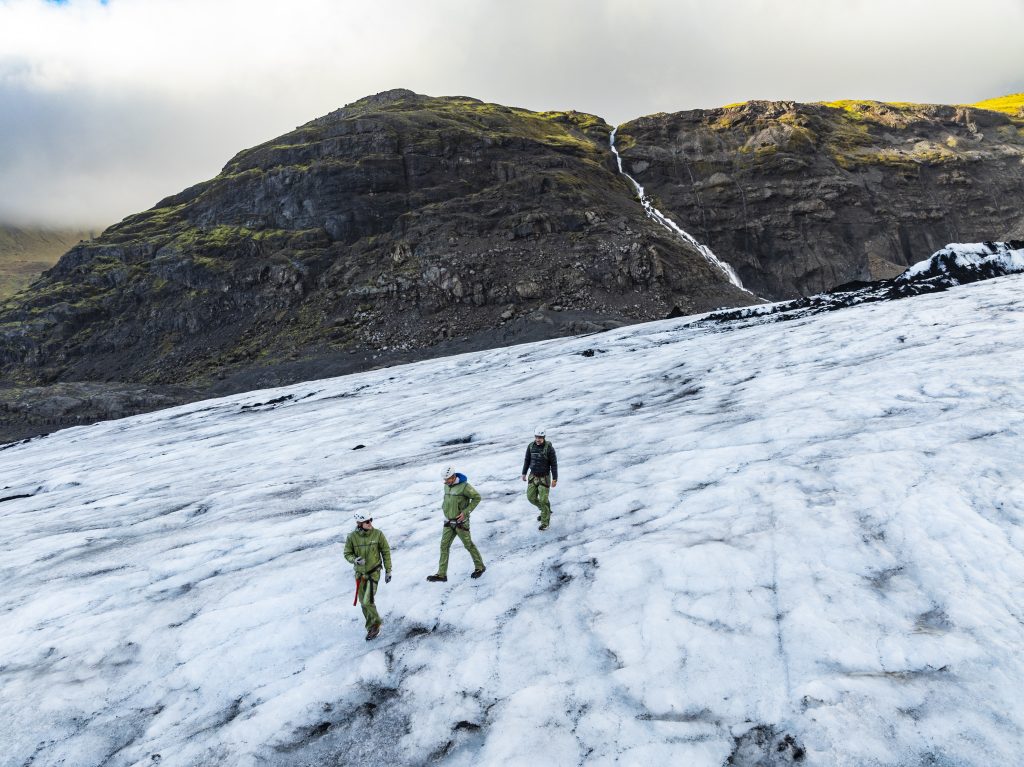

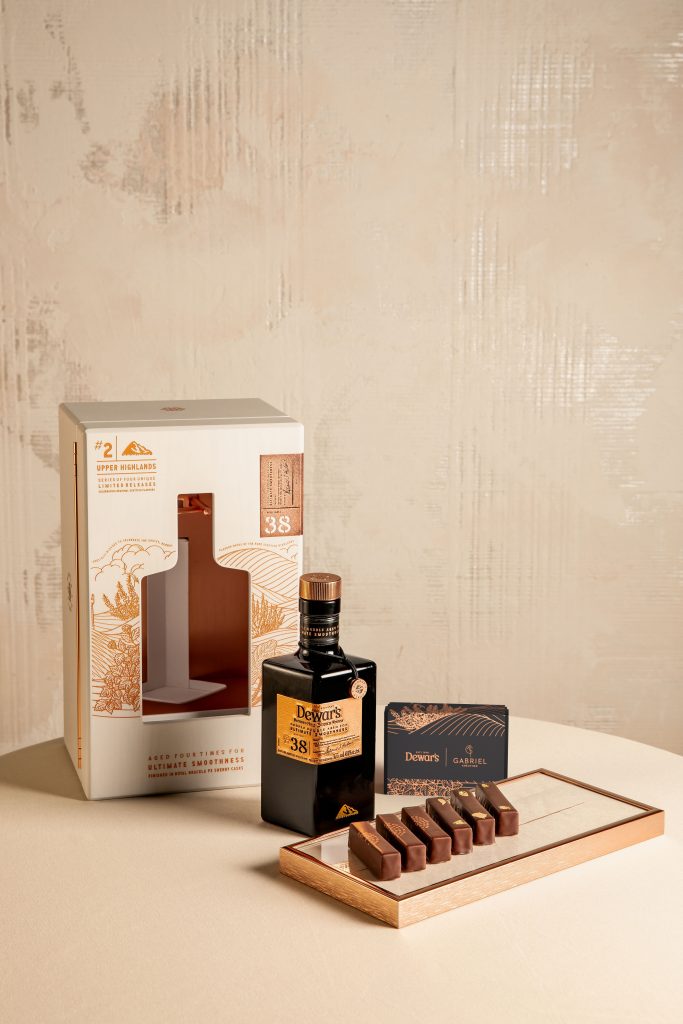
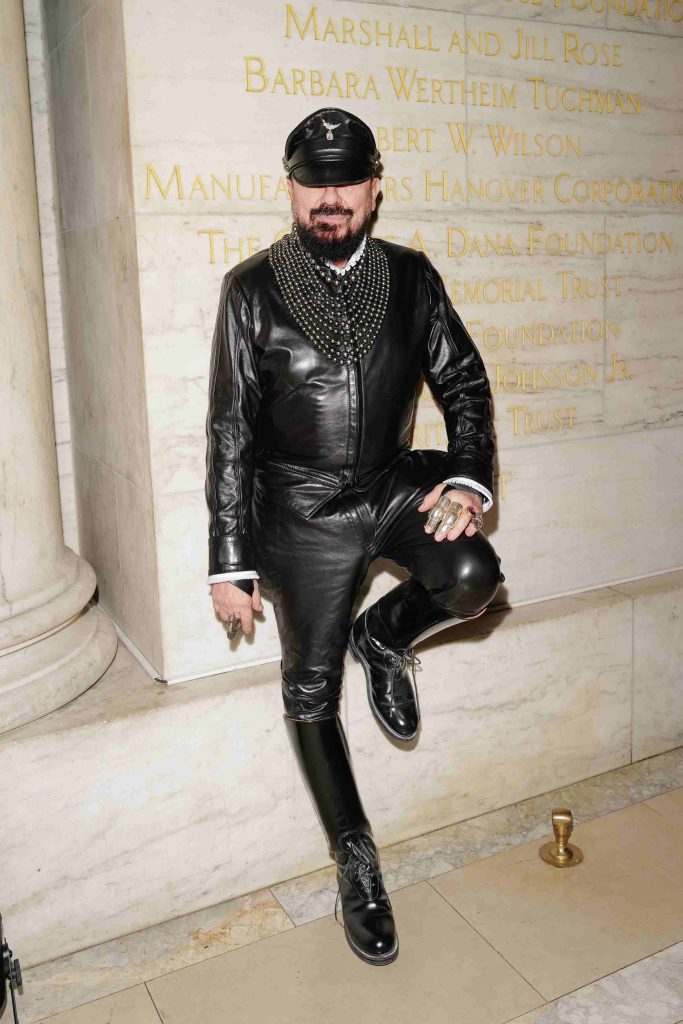


What are your thoughts?